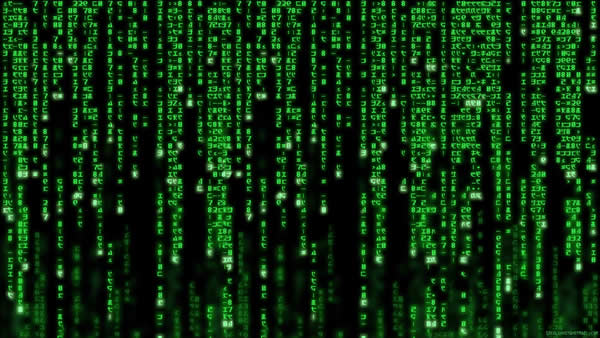As a reader of this blog, it’s likely you have heard about the potential applications of blockchain for the energy world. The Brooklyn Microgrid gained considerable attention for the potential of local transactive energy to be applied in an urban environment with considerable economic and social diversity. But although there are few concrete projects that you can see, the utility world is paying close attention to what stands to be an enormous disruption in their business model.

I recently attended the 1st Global Power & Energy Blockchain Conference, held in Orlando, Florida on November 1 and 2, 2018. In this article I provide an overview of some of the most interesting things I learned there as it relates to the world of microgrids and distributed energy resources. As a software company providing leadership in the international distributed energy space, HOMER Energy intends to stay aware of the ways in which information and computing can serve the growth of distributed power.
When I have asked microgrid developers and advocates their opinion on how blockchain might be important for energy transactions , I generally see one of two responses:
1: Blockchain? I thought that was a cryptocurrency thing.
2: Why do we need blockchain to trade energy? Blockchain is just a ledger system. What’s the big deal?
Although both contain a kernel of truth, they also serve to dismiss the potential for distributed computing and its potential for radical disruption of the electric power ecosystem. The reality is that there are both opportunities and challenges to using blockchain as an enabling technology for increasing distributed generation in grid-connected systems.
Bitcoin is blockchain, but not the reverse
Blockchain is a specific technology that combines cryptography with distributed, replicated databases that have a ledger format. Bitcoin, a now popular form of cryptocurrency, was the reason for creating the blockchain (originally “block chain”) technology in 2008, probably as a result of recognition that the banking system had failed us, with lies and misinformation ultimately resulting in a global recession. The banking system, and indeed our modern currency system, is based on trust. Blockchain, on the other hand, is a “trustless” system. You don’t need to trust me, because we both have access to the same information, and that information has been agreed upon by consensus, and is available to both of us. It cannot be altered once a validation step has passed.
Why blockchain in energy? Isn’t it just a distributed ledger?
The simple answer to the first question is – “Because it’s there.” Right now, blockchain is the potential solution that includes security and transparency in many different energy interactions and information states. But that does not mean that better technologies won’t be appear in the future. According to Jan Vrins, Global Energy Practice Leader at Navigant, over 50 US utilities have blockchain initiatives going on, along with a handful or two of distributed energy applications, such as the Brooklyn Microgrid cited in the introduction of this article.
The second question regarding it being “just a distributed ledger,” here the answer lies in the “just” part. Blockchain is quite complex, and understanding it takes a great deal of effort. But there are a few key ideas that serve to set it apart. First, what would a distributed ledger look like? There would be a series of transactions, with the parties involved, who was part of them, when did they happen, etc. Since it is a distributed ledger, everyone involved has a copy, and they must be identical. They must be essentially instantly identical, so that no one can game the system by knowing something ahead of time.
According to IBM, a blockchain is “a tamper-evident, shared digital ledger that records transactions in a public or private peer-to-peer network. Distributed to all member nodes in the network, the ledger permanently records, in a sequential chain of cryptographic hash-linked blocks, the history of asset exchanges that take place between the peers in the network. All the confirmed and validated transaction blocks are linked and chained from the beginning of the chain to the most current block, hence the name blockchain. The blockchain thus acts as a single source of truth, and members in a blockchain network can view only those transactions that are relevant to them.” So there is no need to trust – we have data. Blockchain is transparent to all members, and there can be both public and private blockchain networks.
Blockchain: A bridge between power worlds?
Beyond the technical and practical computing aspects, blockchain certainly has great potential to provide and assist with ancillary services in the microgrid world. Peer-to-peer energy trading and renewable energy credit trading are some of the ways in which systems might benefit from this developing technology. It’s more an idea than an application at this time, and resides in the domain of those deeply interested in how information might or should flow and be stored in distributed energy systems.
If you’re interested in learning more about blockchain and energy, check out the Energy Blockchain Consortium and get involved. They are actively working to educate and promote blockchain as a broadly enabling technology for many segments of the power world. You can also listen to this HOMER Energy educational webinar with Tony Giroti, a founder of the consortium.
